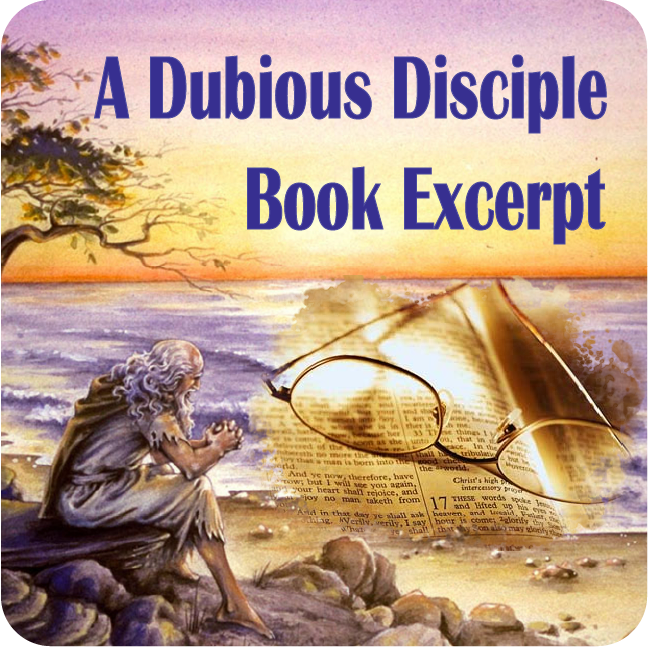Inside these pages lives a love story set aright.
About fifteen years after Revelation, a second very different work attributed to John the Apostle surfaced.[1] It is the year 95 CE, and Matthew, son of Samuel, has lived nearly three decades. This book continues my first story, Revelation: The Way It Happened, but this time our task will be much more complex, as we lack the historical clues required to settle on a determinative interpretation of the Gospel of John. We shall be forced to dig deeper this time around, if we are to unearth John’s meaning.
The mind-set of early Christians remains foreign to most believers today, two thousand years after the time of Christ. If we are to fathom Christianity’s dilemma in the first century, we must appreciate their absolute and utter conviction that the anticipated Messiah had arrived. What separated Christianity from other Judaic sects was simply this: Christians claimed the messianic age had begun. Or at least as the apostle Paul put it, the new age lived in its birth pangs. They simply had no other way to interpret the Messiah’s arrival. For Christians, the end-times had arrived.
Paul argued that Christ rising from the dead was proof that the general resurrection had begun, but when nothing more materialized of this expectation, what were Christians to think? Why did people continue to die? Why did anyone still hunger? Why were the Romans still in charge, and where hid the age of God’s rule? Christianity’s greatest disappointment was not the Crucifixion of its Messiah. It was not the martyring of its most vocal leaders, Peter and Paul. It was not even the destruction of Jerusalem and the Temple. It was that the disasters ceased, the excitement of the first century drained, and life continued as usual.
Enter John’s Gospel.
–John’s Gospel: The Way It Happened, 2013, p. xv, by Lee Harmon

